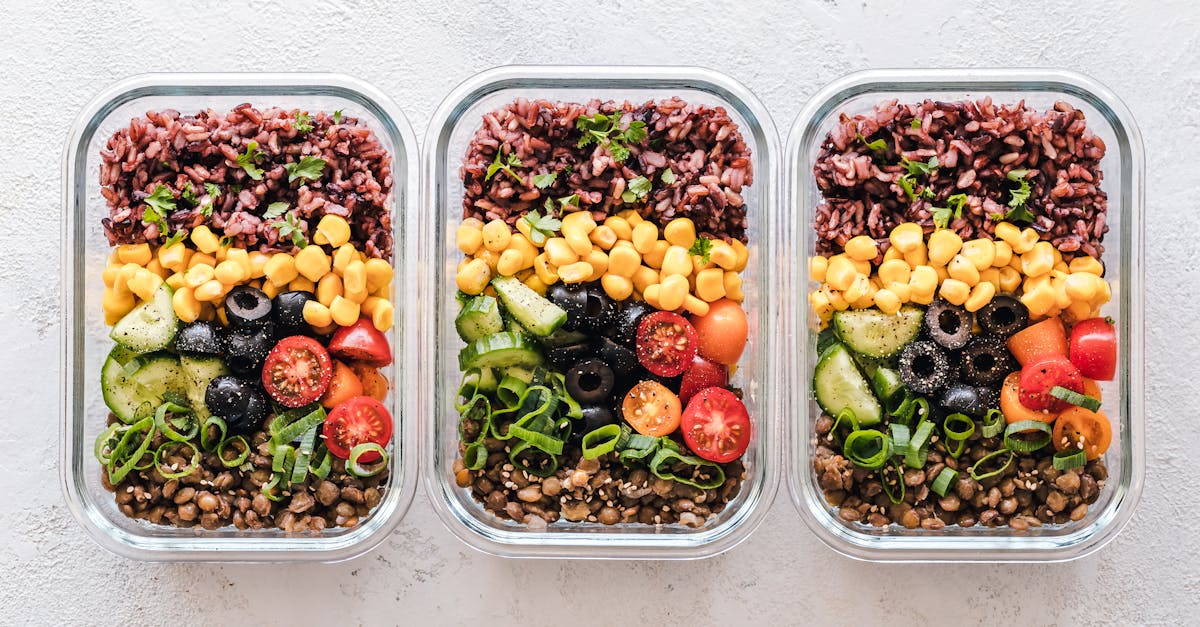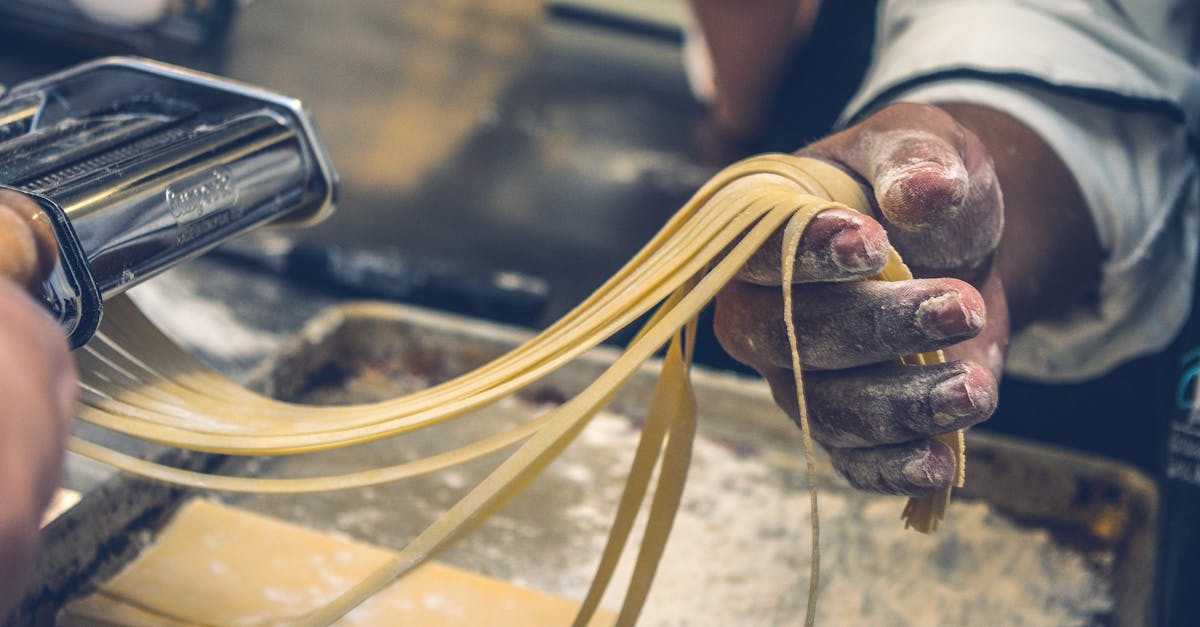Dal Khichdi is a comforting Indian dish made with rice and lentils, perfect for a quick meal. This one-pot meal is not only nutritious but also easy to prepare, especially when using a pressure cooker. In this blog post, we will explore the steps to make this delightful dish, ensuring you can enjoy it with minimal hassle.
| Ingredients | Quantity |
|---|---|
| Rice | 1 cup |
| Yellow moong dal (lentils) | 1/2 cup |
| Water | 4 cups |
| Turmeric powder | 1/2 tsp |
| Ginger (grated) | 1 inch |
| Green chilies (slit) | 1-2 |
| Salt | to taste |
| Ghee or oil | 2 tbsp |
| Vegetables (optional) | 1 cup (mixed) |
| Coriander leaves (for garnish) | 1 tbsp |
Gather Your Ingredients
To start making dal khichdi, gather all the necessary ingredients. Ensure you have quality rice and lentils, as they are the main components of this dish. You can choose to add a variety of vegetables like carrots, peas, or potatoes to enhance the nutritional value and flavor. Fresh coriander leaves will be used for garnishing, adding a burst of color and freshness to your dish.

Prepare the Rice and Dal
Wash the rice and lentils thoroughly under running water to remove any excess starch and impurities. This step is crucial as it helps achieve a fluffier texture in the final dish. Soak them together for about 30 minutes if you have the time, but if you’re in a hurry, you can skip this step. Drain the soaked rice and lentils before cooking.

Heat the Cooker
Place your pressure cooker on medium heat and add ghee or oil. Allow it to heat for a minute, ensuring it’s hot enough to sauté your spices. The choice between ghee and oil depends on your dietary preferences; ghee adds a rich flavor, while oil is a lighter option.

Sauté Spices and Aromatics
Once the ghee or oil is hot, add the grated ginger and slit green chilies. Sauté them for a minute until they release their aroma. This step adds depth and flavor to the khichdi. You can also include cumin seeds or mustard seeds for an extra layer of taste.

Add Rice, Dal, and Water
Now, add the washed rice and lentils to the cooker. Stir everything together for a few minutes to allow the flavors to meld. Next, pour in the water and add turmeric powder and salt. The water quantity can be adjusted based on how mushy or dry you prefer your khichdi; generally, 4 cups work well for a soft consistency.

Pressure Cook
Close the lid of the pressure cooker and cook on high heat for 2 whistles. After 2 whistles, reduce the heat to low and cook for an additional 5 minutes. Turn off the heat and allow the pressure to release naturally. This method ensures that the rice and lentils cook evenly and become soft.

Garnish and Serve
Once the pressure is released, open the lid and give the khichdi a gentle stir. You can adjust the consistency by adding more water if needed. Garnish with fresh coriander leaves for a pop of color and serve hot with pickle, yogurt, or papad on the side. Enjoy this wholesome meal that is both filling and comforting!

FAQ
Can I make dal khichdi with other types of lentils?
Yes, you can use other types of lentils such as masoor dal or toor dal. Each type of lentil will impart a different flavor and texture to the khichdi. Just keep in mind that cooking times may vary slightly.
Is dal khichdi suitable for toddlers?
Absolutely! Dal khichdi is a nutritious and easily digestible meal, making it suitable for toddlers. You can mash it further for a smoother consistency if needed.
Can I add spices to enhance the flavor?
Definitely! You can add spices such as garam masala, asafoetida (hing), or even a bay leaf for additional flavor. Just be cautious with the quantity, as khichdi is meant to be mild and comforting.
What can I serve with dal khichdi?
Dal khichdi can be served with various accompaniments such as pickles, papad, raita (yogurt with spices), or a simple salad. These side dishes enhance the overall meal experience.
For more information on nutritious recipes, you can visit the [National Institute of Nutrition](https://www.nin.res.in) and the [Food Safety and Standards Authority of India](https://www.fssai.gov.in). These sources provide valuable insights into healthy eating practices and balanced diets.
